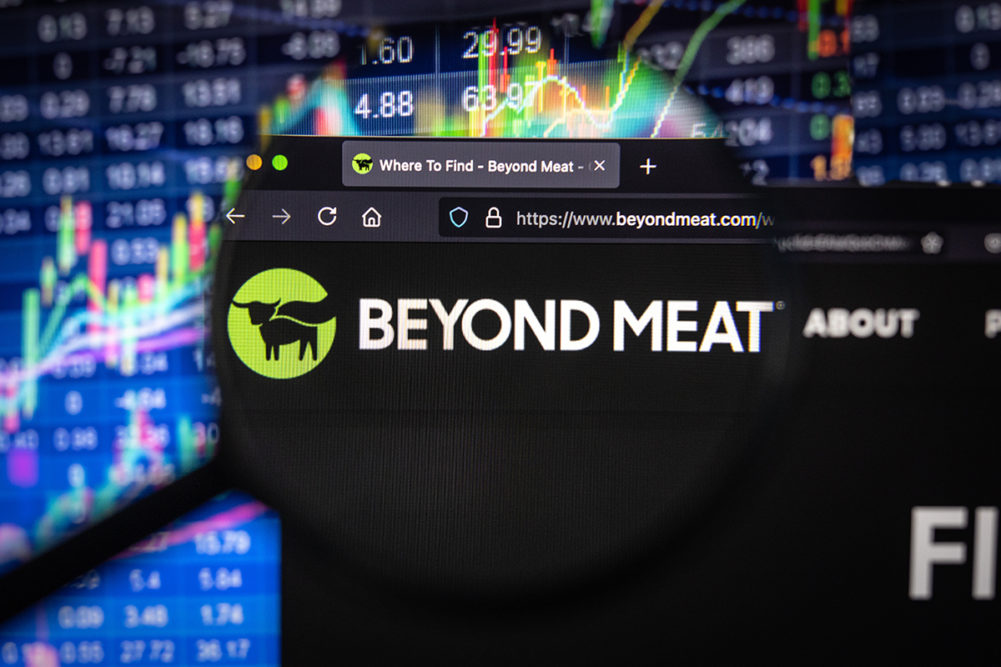EL SEGUNDO, CALIF. — Despite Beyond Meat, Inc.’s management team having a turnaround plan in place with the goal of being cash flow positive in the second half of the fiscal year, the company is still dealing with weakness in the market for plant-based meat alternatives.
During the first quarter ended April 1, overall volume of product sold fell 7.3% to 19.8 million lbs from 21.3 million lbs the year before. In US Retail, the company’s largest segment, product volume sold fell 33.2% to 8.3 million lbs from 12.5 million lbs in fiscal 2022. Both US Foodservice and International Retail business unit volume ticked down 7.3% and 5.5%, respectively, while International Foodservice volumes were a bright spot by increasing to 5.5 million lbs from 2.6 million lbs during the quarter.
Ethan Brown, president and chief executive officer, addressed the category weakness during a May 10 conference call with investment analysts, pointing to three factors — inflation, an “induced level of ambiguity” around the health benefits of Beyond Meat’s products, and a crowded market that may have confused consumers.
“Now some of that’s taking care of itself as the category shakes out, and I think the consumer is left with a much more rational and approachable decision…,” he said.
On a positive note, Mr. Brown added that in the US frozen category Beyond Meat volume rose 32% and sales rose 36% year-over-year. He attributed some of the growth to new products like Beyond Steak.
“That's obviously from a smaller base, but it shows the power of Beyond innovation,” he said.
Where Beyond Meat is making progress on its turnaround plan is in reducing costs.
“… We reduced COGS (cost of goods sold) per pound by approximately 15% on a year-over-year basis, primarily on the back of solid improvement in manufacturing and logistics costs, excluding any impact from depreciation,” Mr. Brown said. “(The reduction) allowed us to cross over into positive gross margin in Q1 of 2023 from a trough of negative 18% margin as recently as Q3 2022.”
First-quarter operating expenses were reduced approximately 35% when compared with the year before to $64 million.
“The year-over-year decrease in op-ex was primarily driven by lower marketing expenses, including advertising, reduced nonproduction headcount expenses, lower production trial expenses and decreased outbound freight costs included in our selling expenses,” said Lubi Kutua, chief financial officer and treasurer.
With the support of the cost reduction initiatives, Beyond Meat recorded a loss of $59 million during the quarter, an improvement compared to the first quarter of fiscal 2022 when the company recorded a loss of $100.1 million.
Quarterly sales fell to $92.2 million from $109.5 million the year before.
Management reaffirmed Beyond Meat’s fiscal 2023 outlook of full-year sales between $375 million and $415 million, representing a decrease of approximately 10% to 1% compared with fiscal 2022.
“For the second quarter, we expect net revenues to increase roughly 15% sequentially relative to Q1 of this year,” Mr. Kutua said. “This Q2 outlook takes into consideration tough year-ago comparisons …, some presumed impact from temporary supply chain issues at third-party warehousing facilities and incrementally higher category headwinds relative to our previous expectations.”
